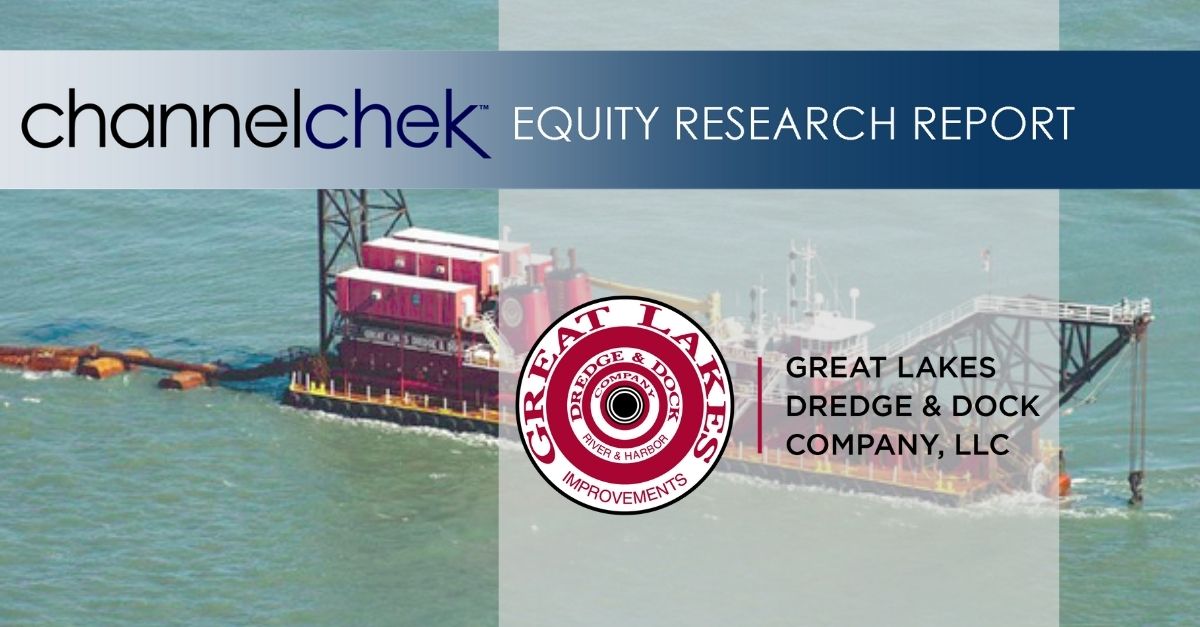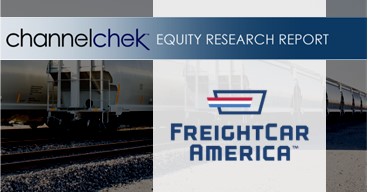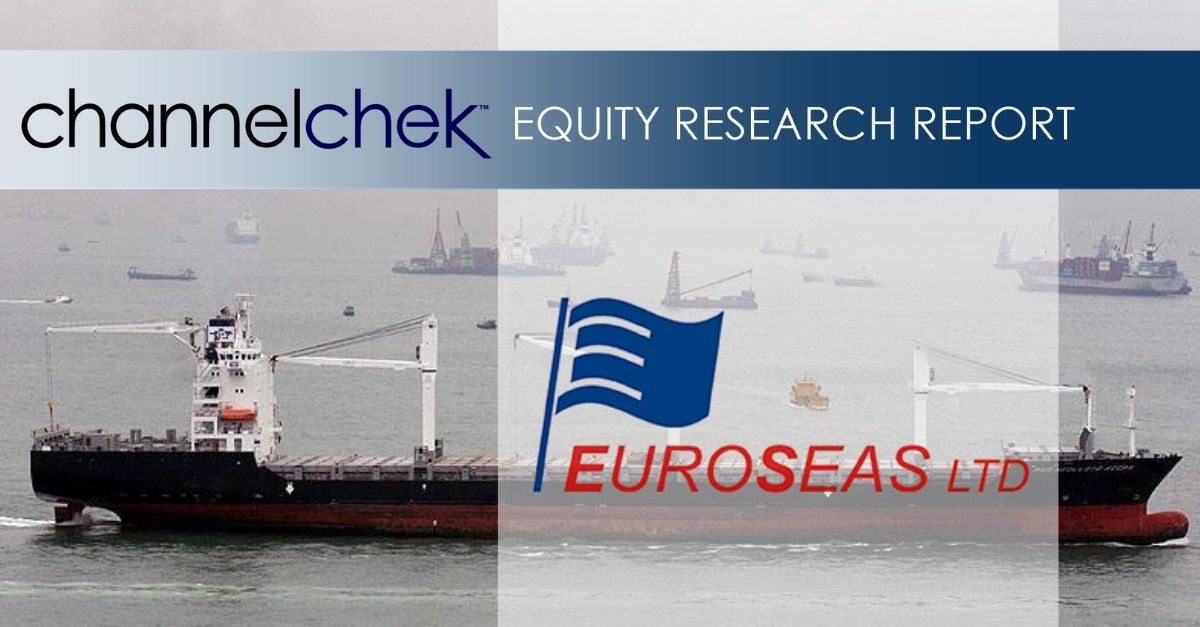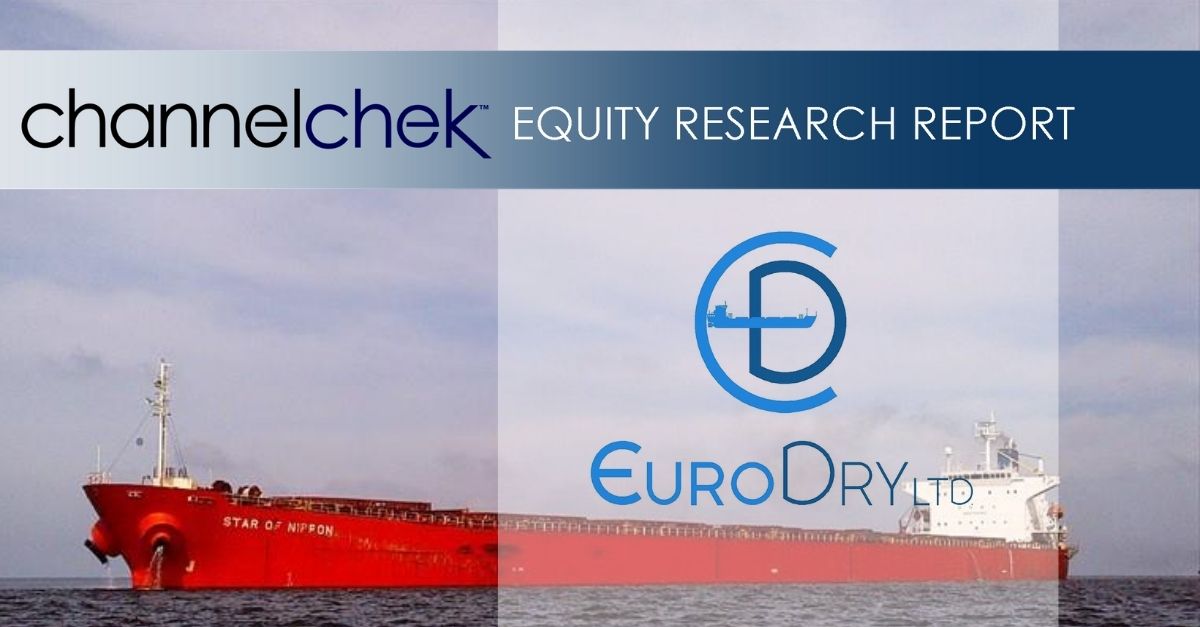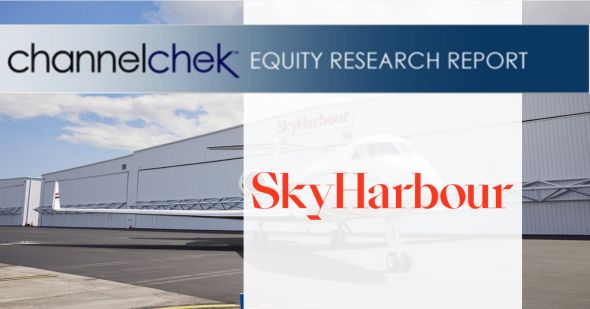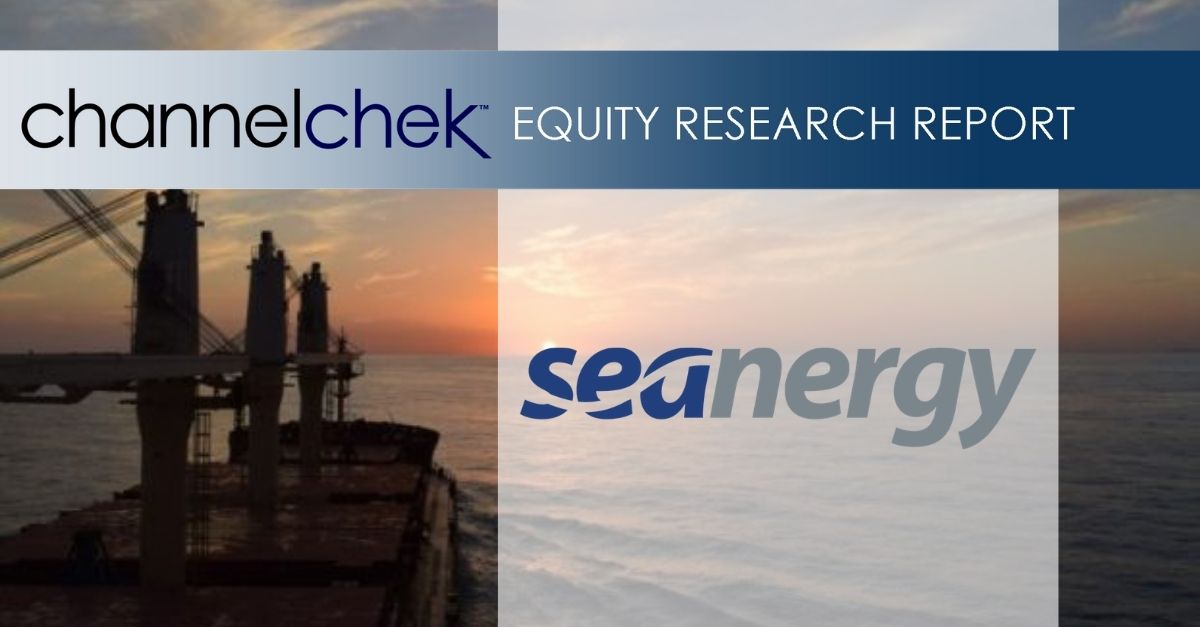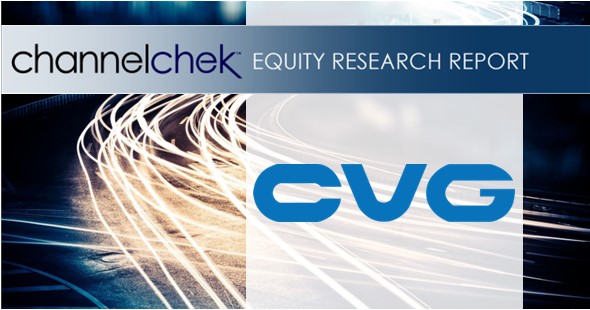
Thursday, September 18, 2025
Great Lakes Dredge & Dock Corporation is the largest provider of dredging services in the United States. In addition, Great Lakes is fully engaged in expanding its core business into the rapidly developing offshore wind energy industry. The Company has a long history of performing significant international projects. The Company employs experienced civil, ocean and mechanical engineering staff in its estimating, production and project management functions. In its over 131-year history, the Company has never failed to complete a marine project. Great Lakes owns and operates the largest and most diverse fleet in the U.S. dredging industry, comprised of approximately 200 specialized vessels. Great Lakes has a disciplined training program for engineers that ensures experienced-based performance as they advance through Company operations. The Company’s Incident-and Injury-Free® (IIF®) safety management program is integrated into all aspects of the Company’s culture. The Company’s commitment to the IIF® culture promotes a work environment where employee safety is paramount.
Joe Gomes, CFA, Managing Director, Equity Research Analyst, Generalist , Noble Capital Markets, Inc.
Refer to the full report for the price target, fundamental analysis, and rating.
More Business. Over the past month, Great Lakes continued to be awarded additional business, according to the Department of War’s daily contract awards release. In total, the announced awards (and recall not all awards are included in the daily notice), totaled approximately $80 million, demonstrating Great Lakes’ operating capabilities as well as the ongoing demand from the government.
September. Most recently, Great Lakes was awarded a $27.9 million firm-fixed-price contract for the removal and disposal of hopper dredge material. Work will be performed in Venice, Louisiana, with an estimated completion date of April 7, 2026. Fiscal 2025 civil operation and maintenance funds in the amount of $27.9 million were obligated at the time of the award.
Get the Full Report
Equity Research is available at no cost to Registered users of Channelchek. Not a Member? Click ‘Join’ to join the Channelchek Community. There is no cost to register, and we never collect credit card information.
This Company Sponsored Research is provided by Noble Capital Markets, Inc., a FINRA and S.E.C. registered broker-dealer (B/D).
*Analyst certification and important disclosures included in the full report. NOTE: investment decisions should not be based upon the content of this research summary. Proper due diligence is required before making any investment decision.
